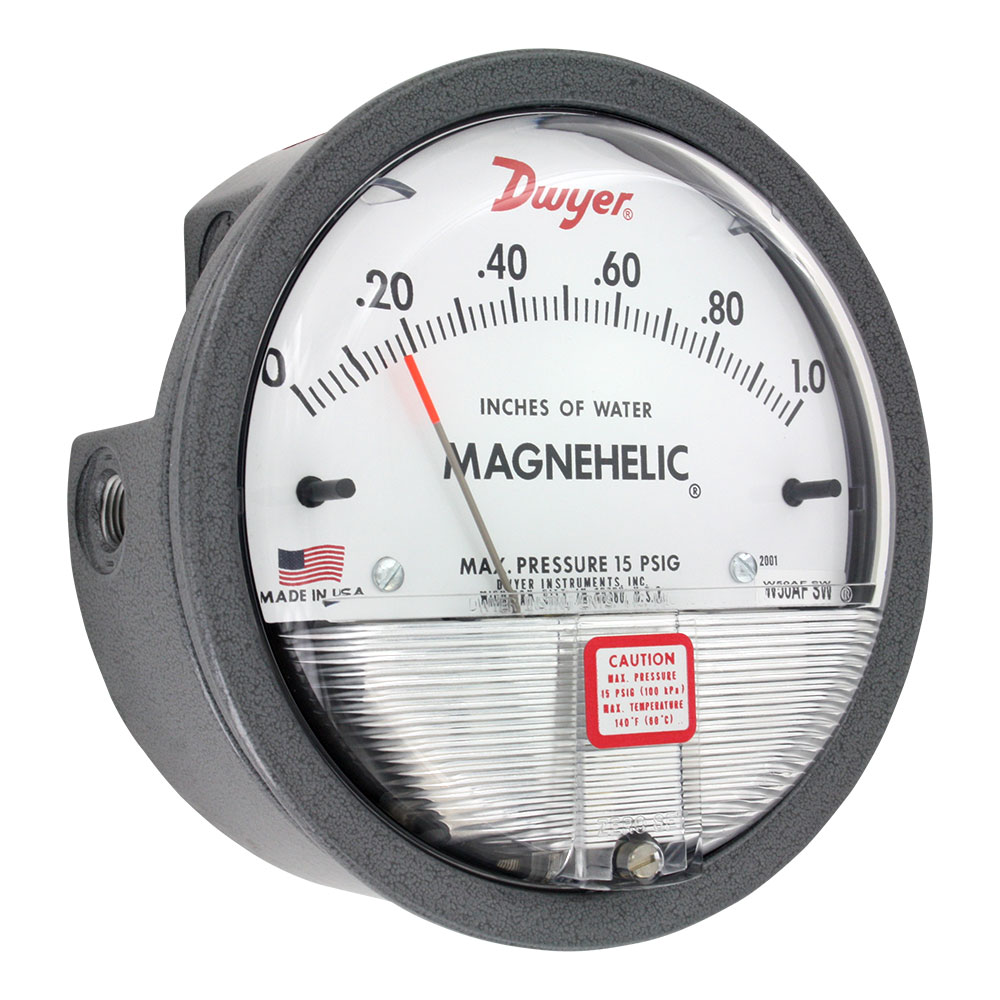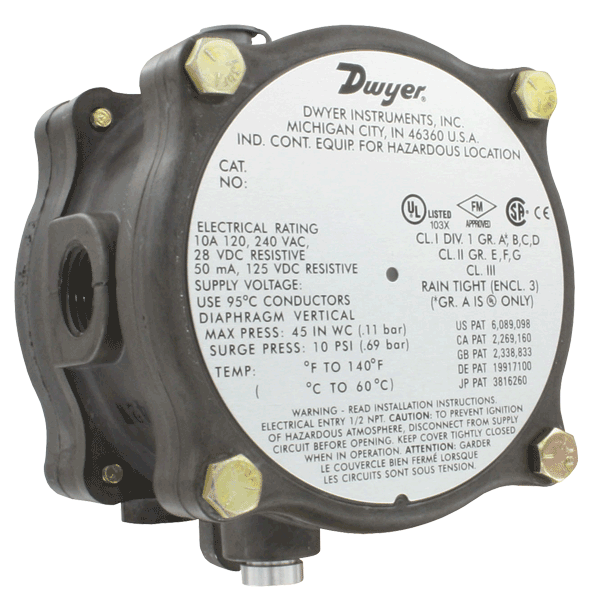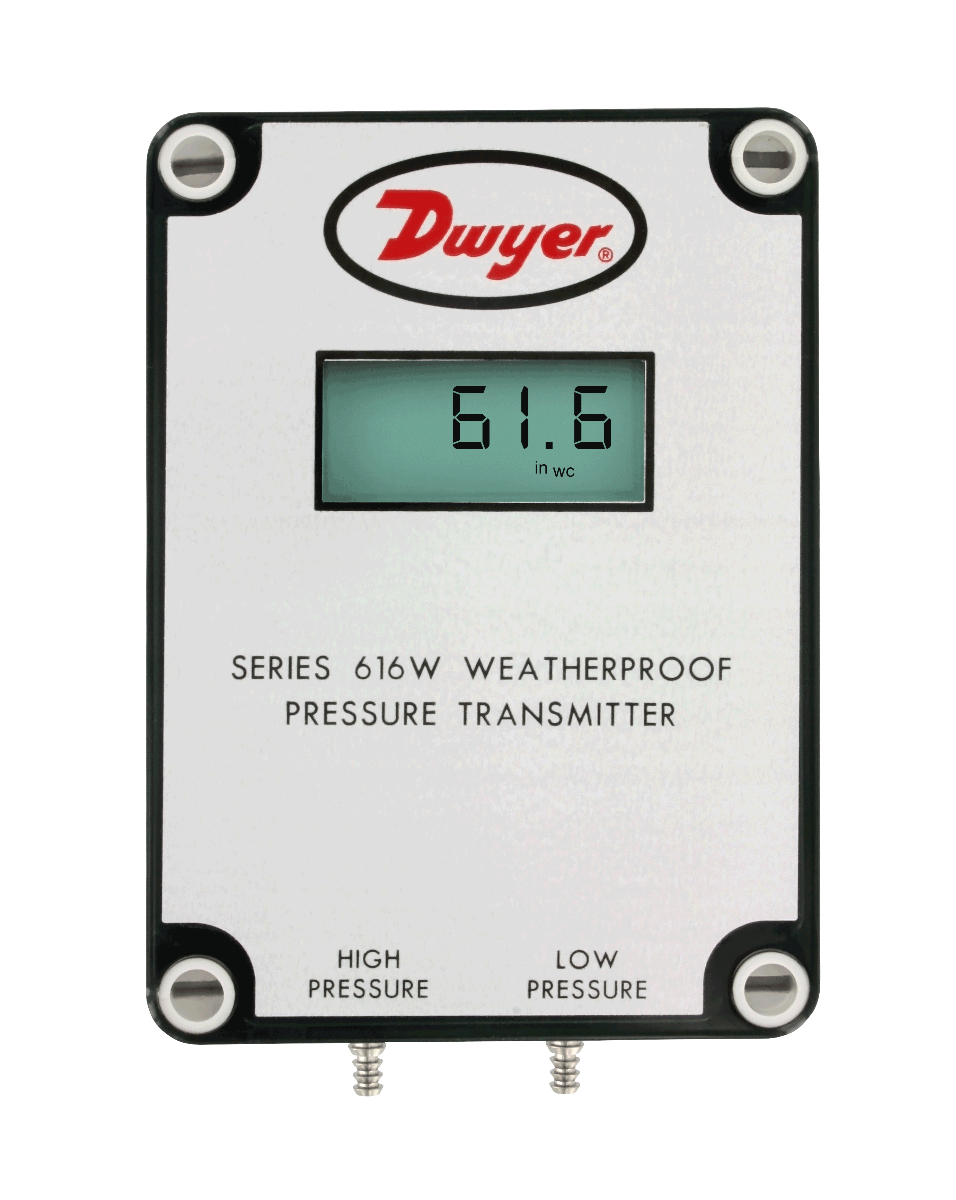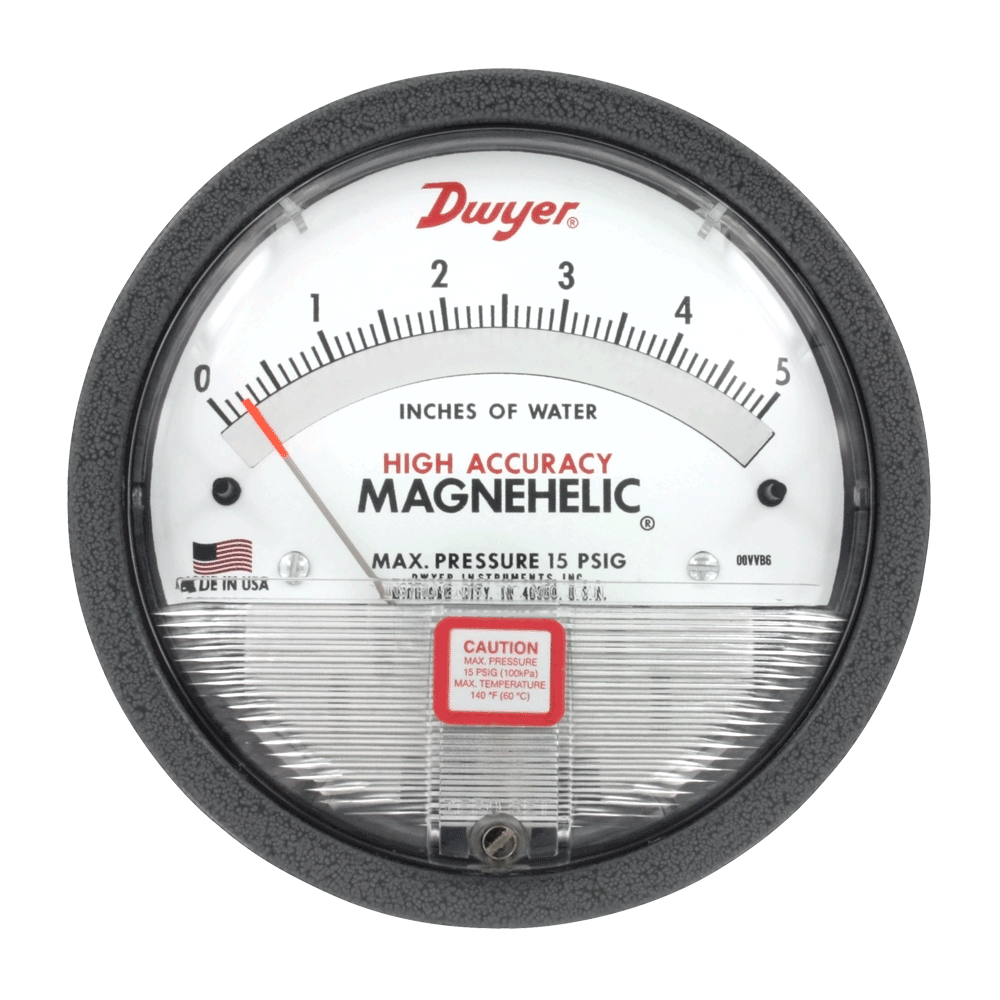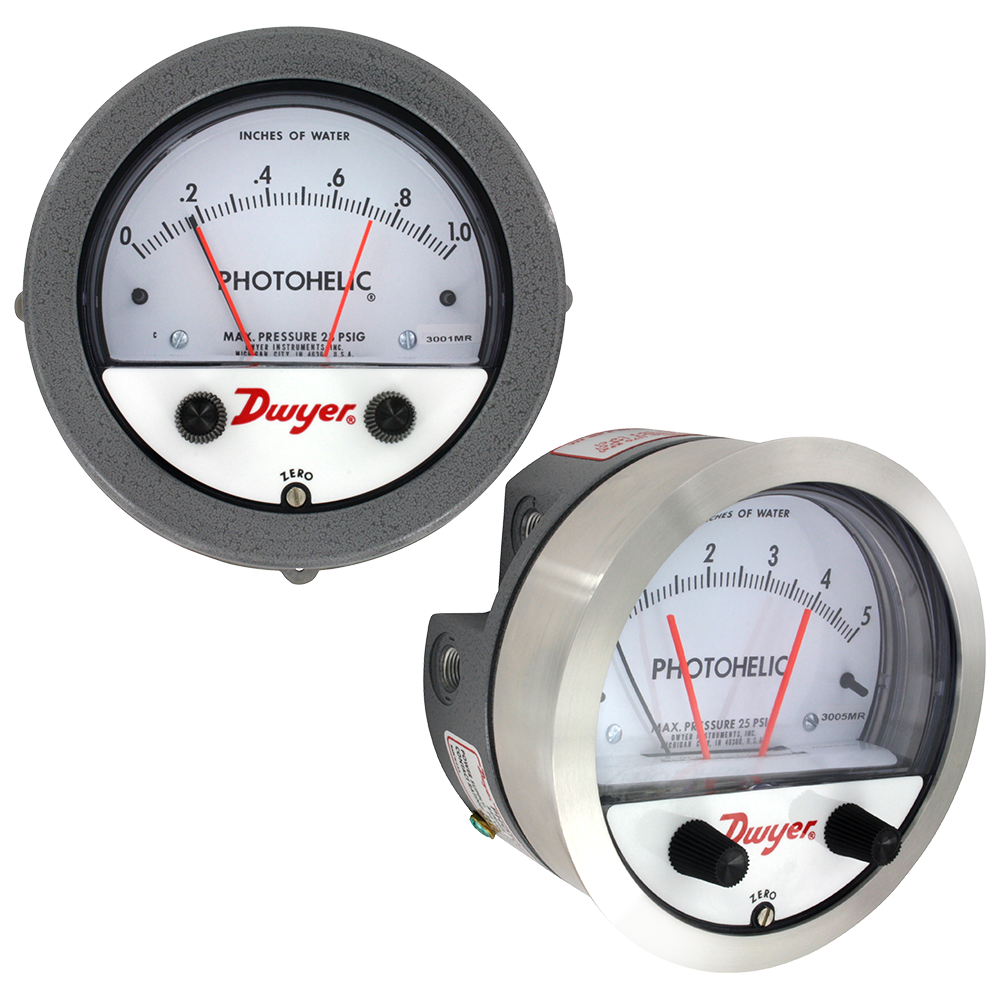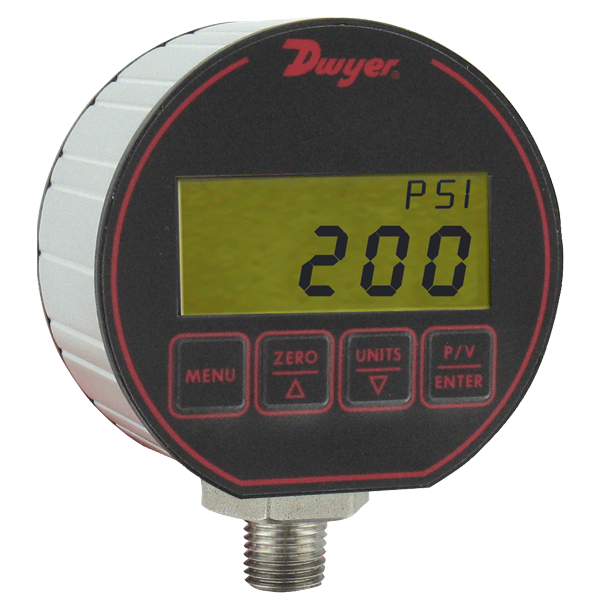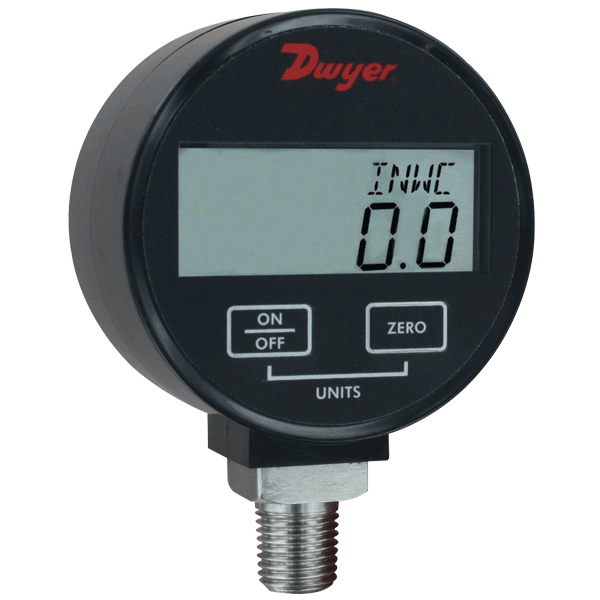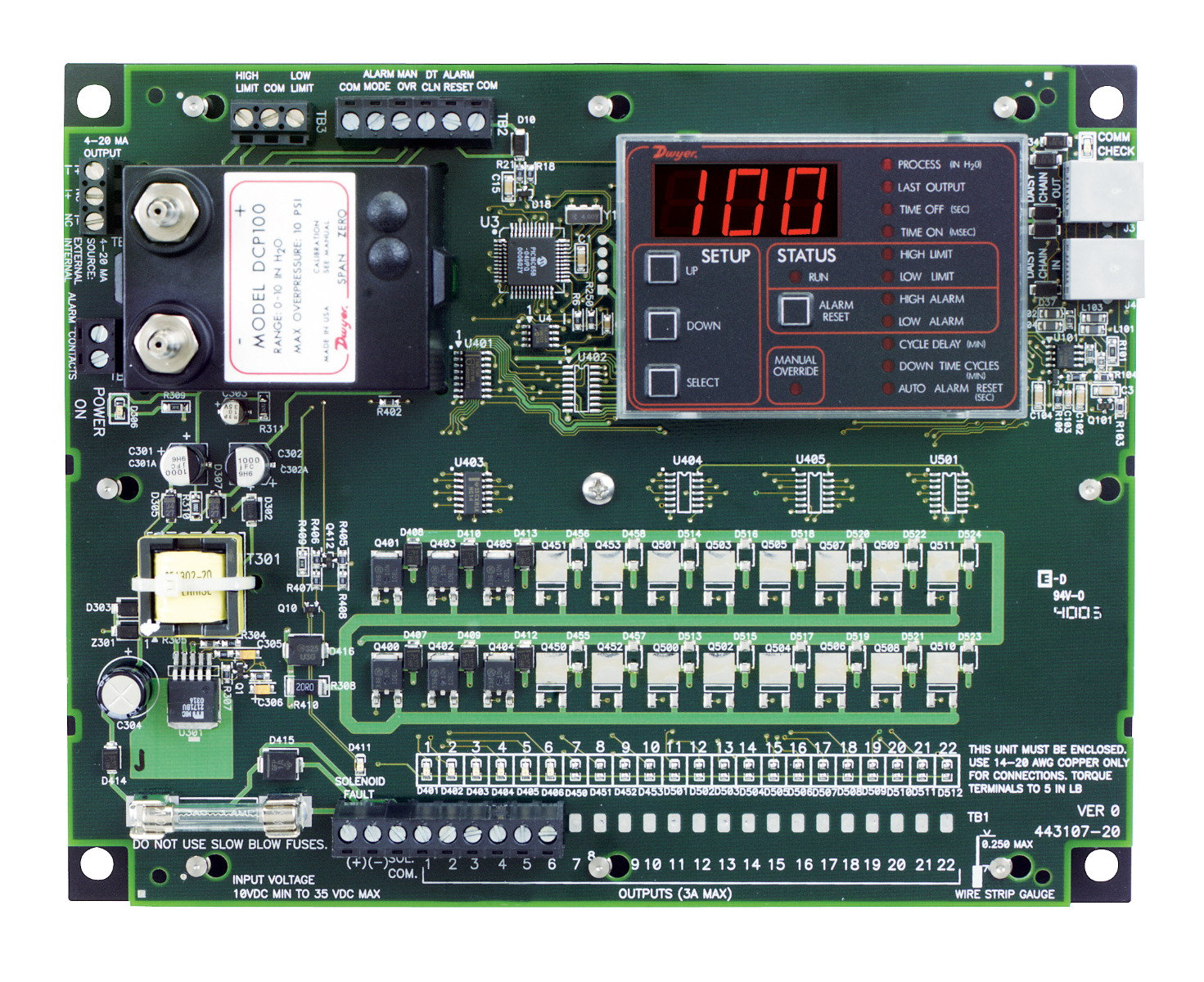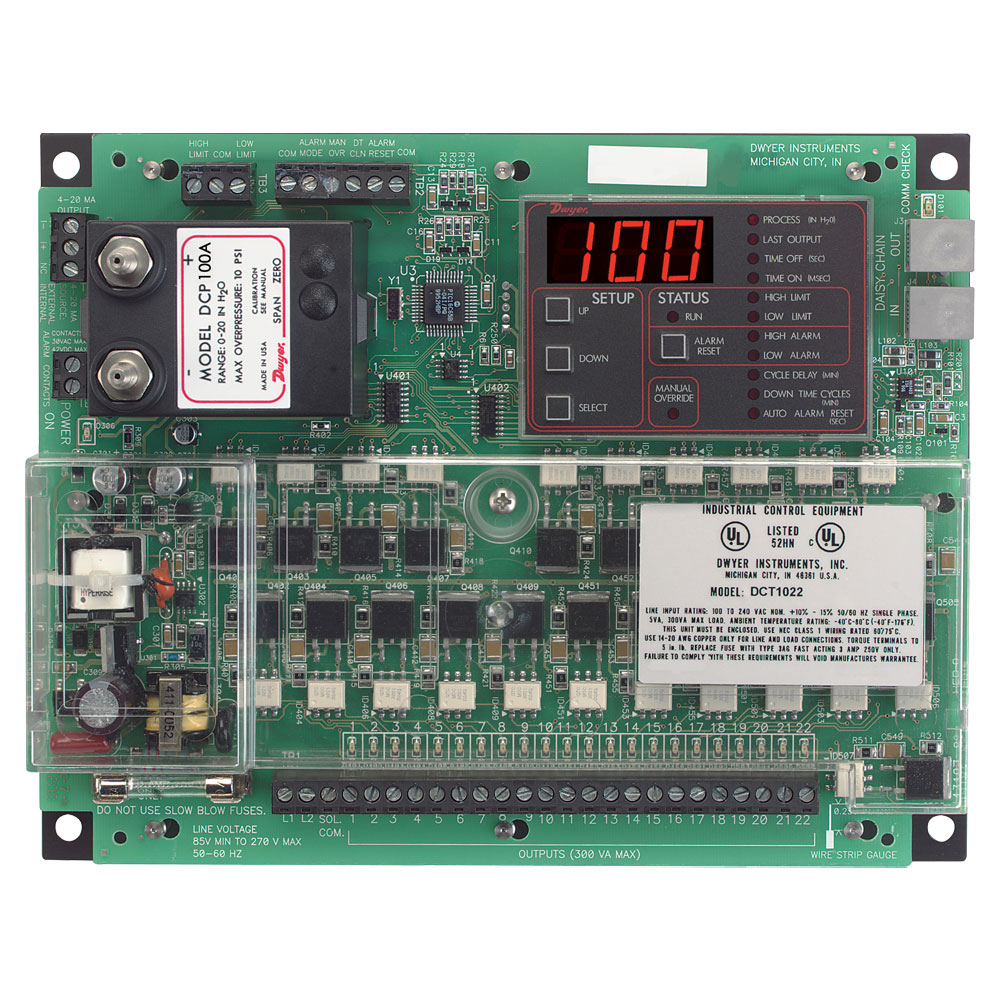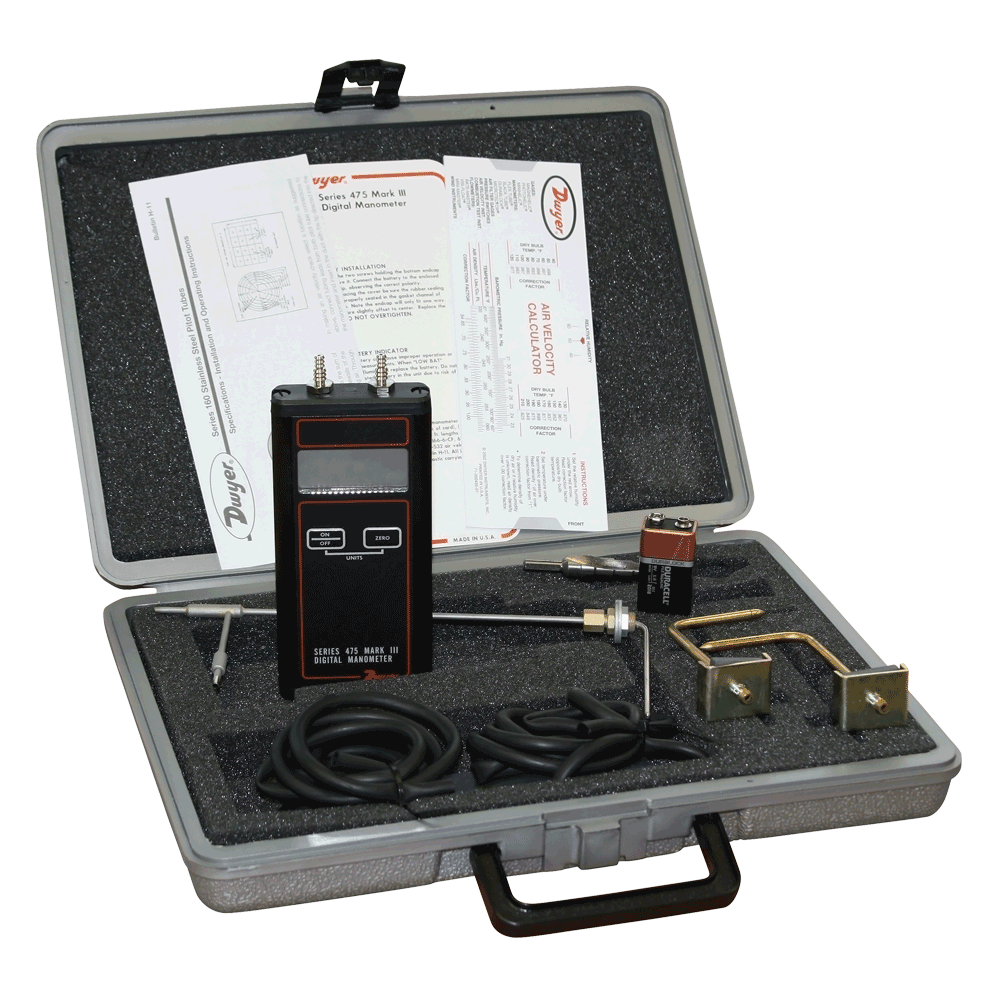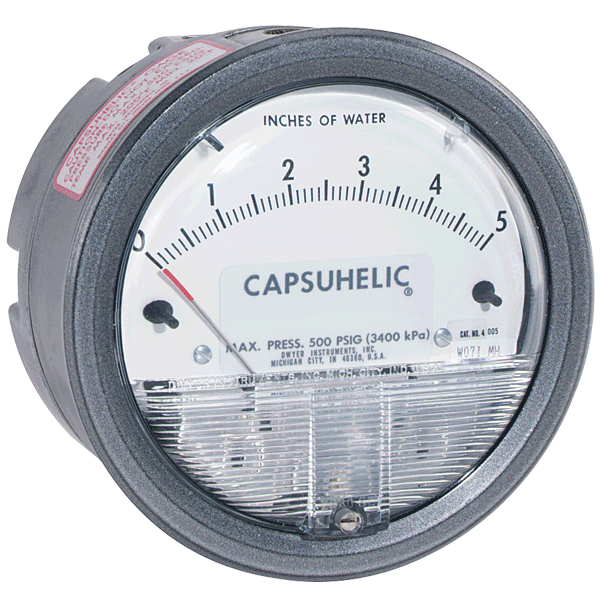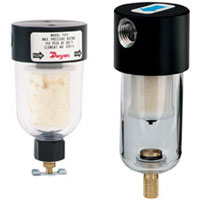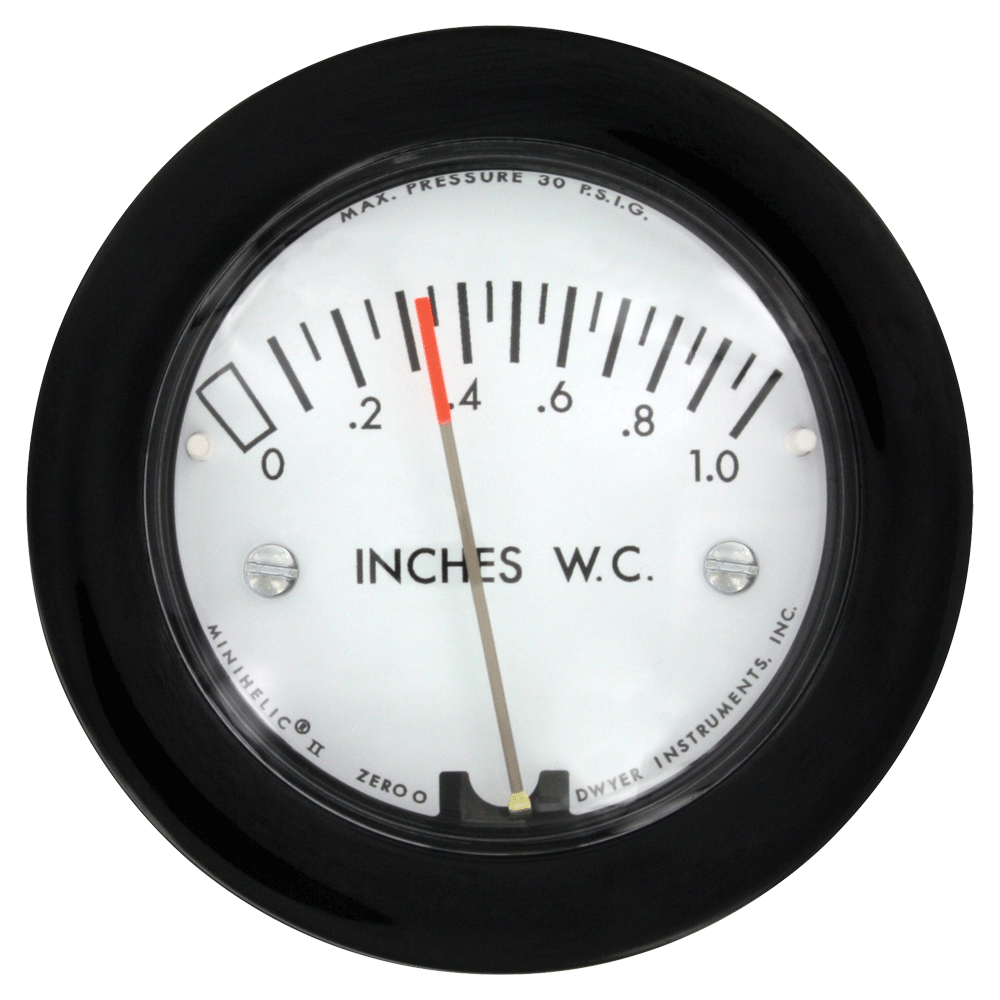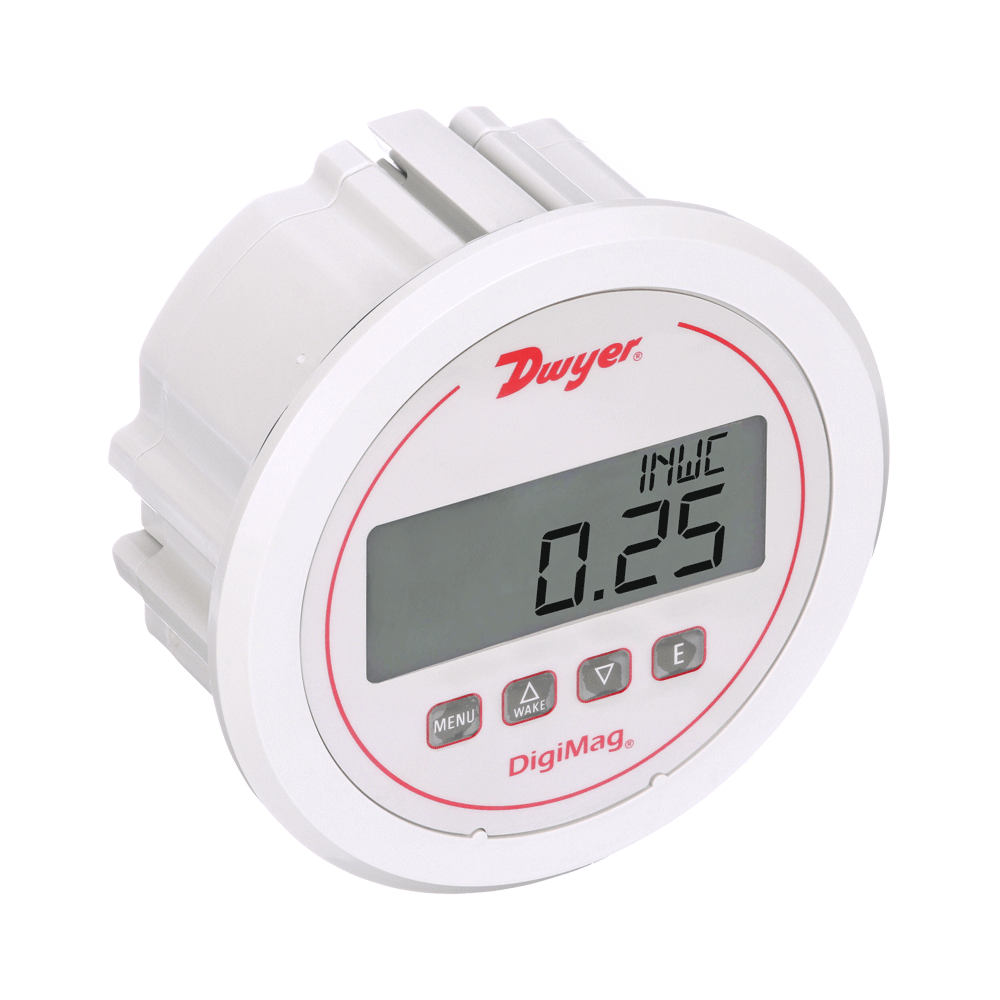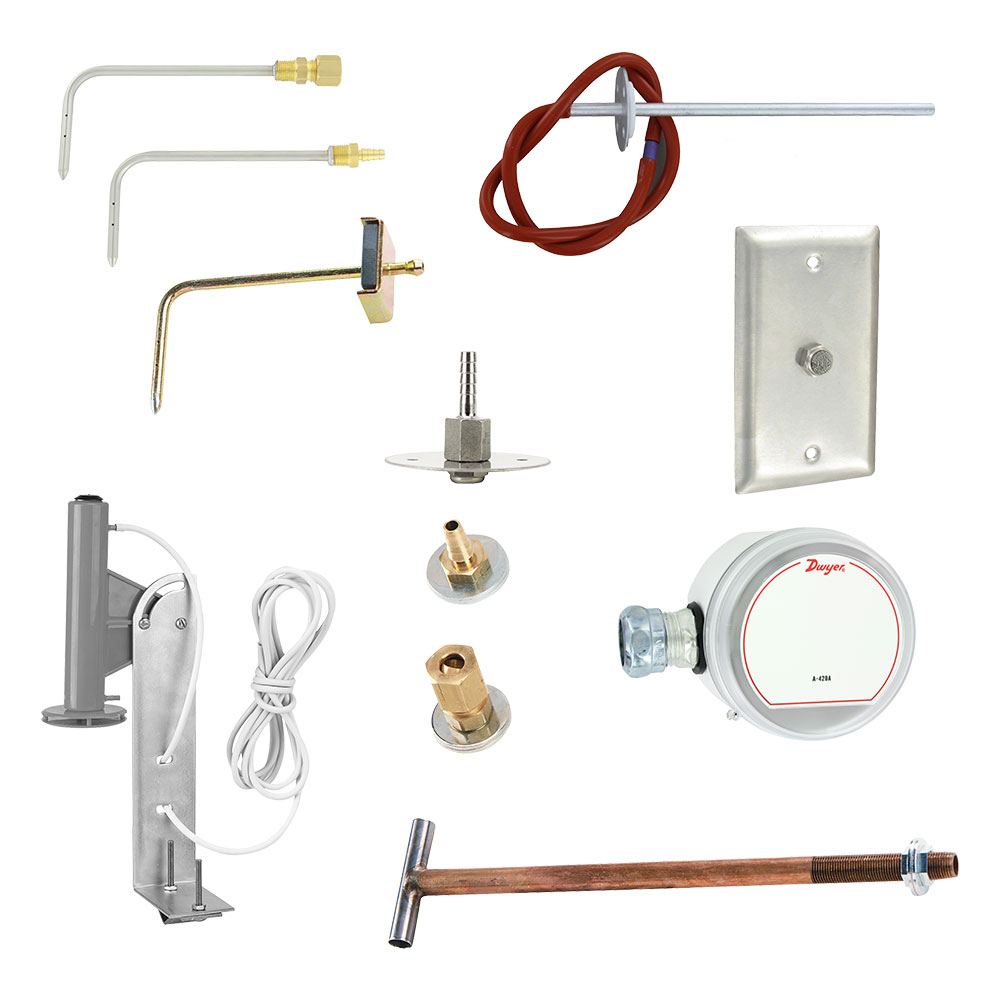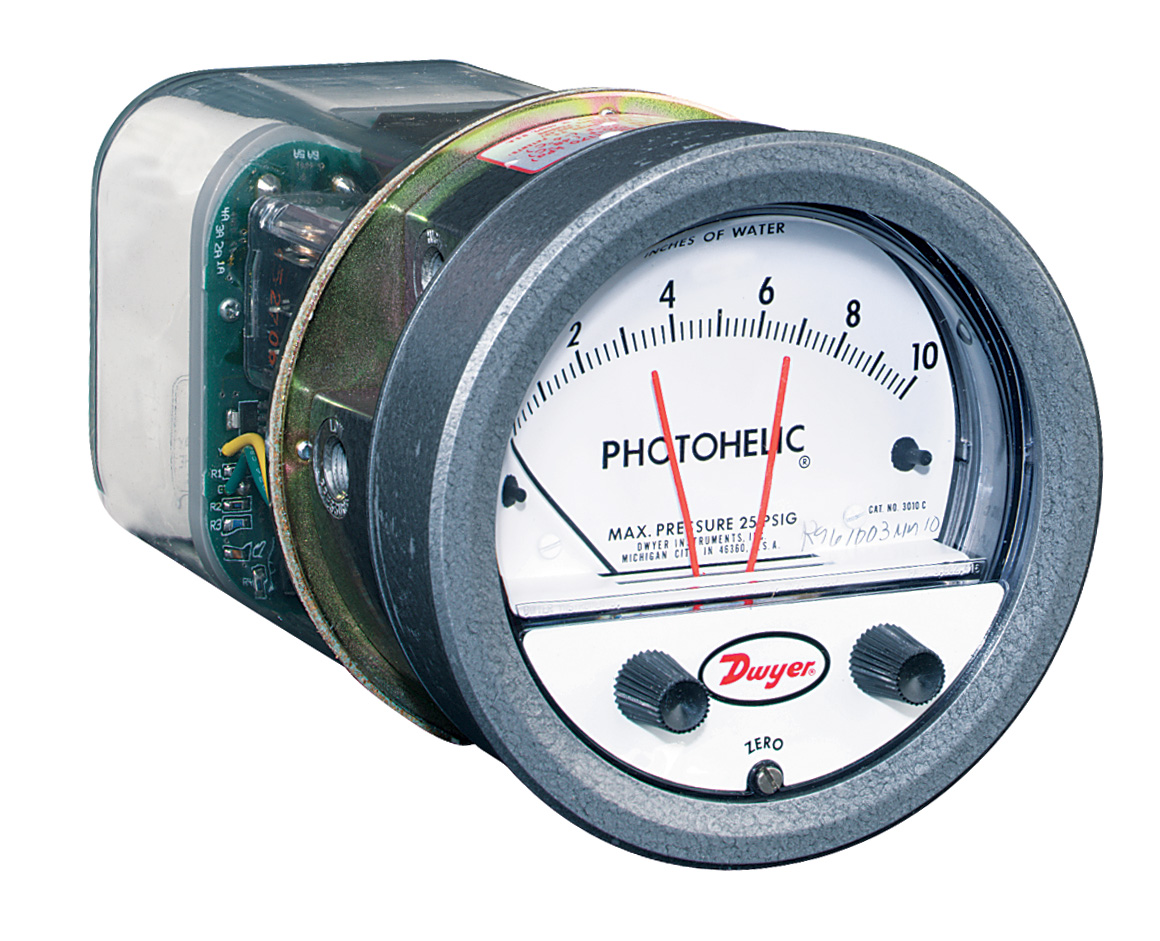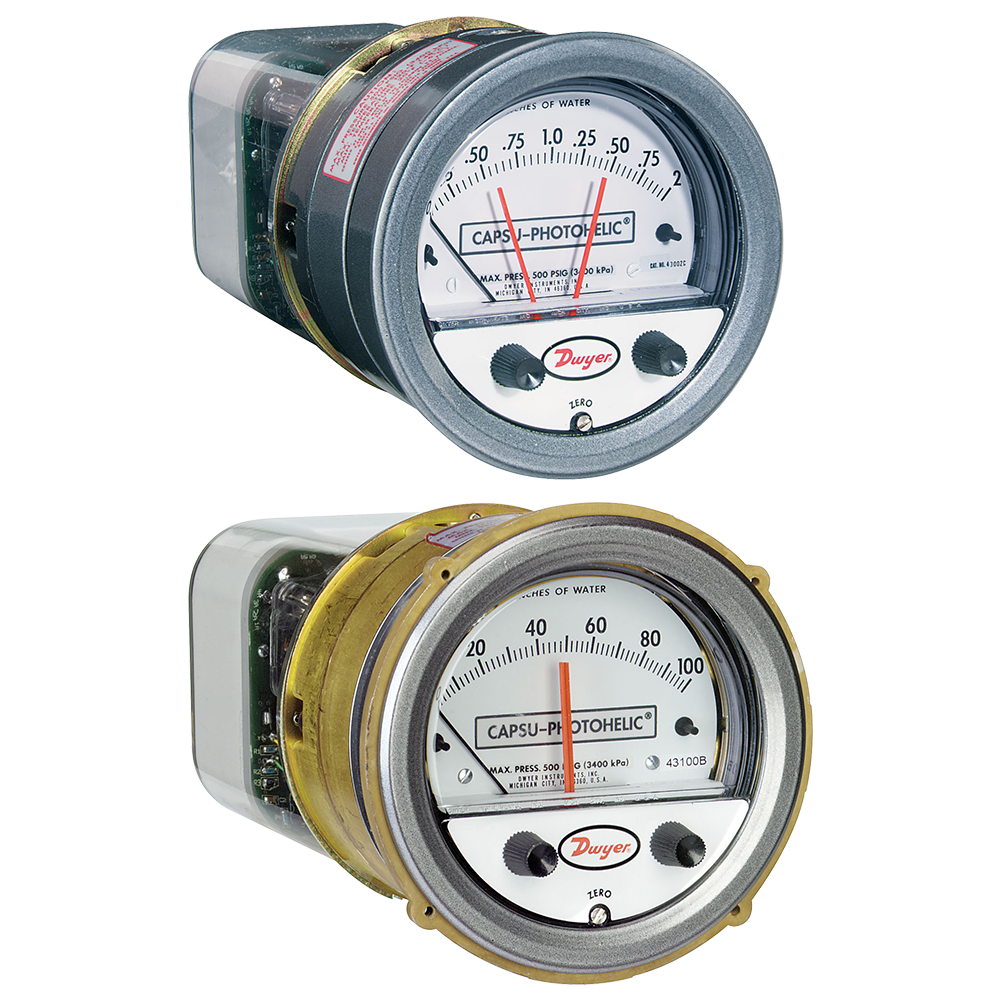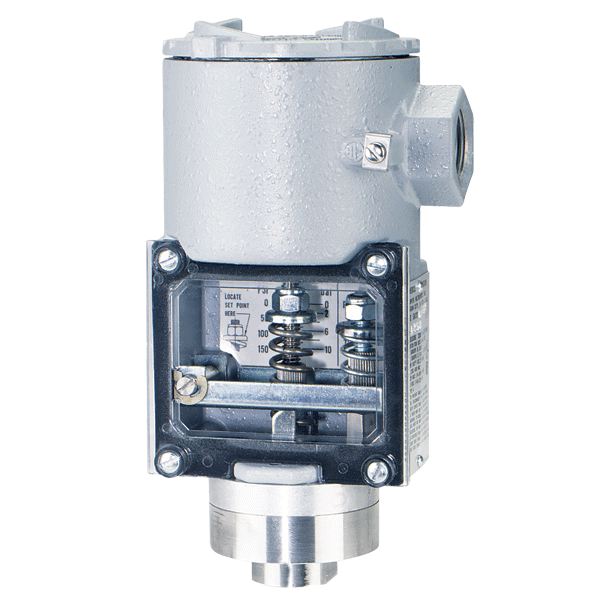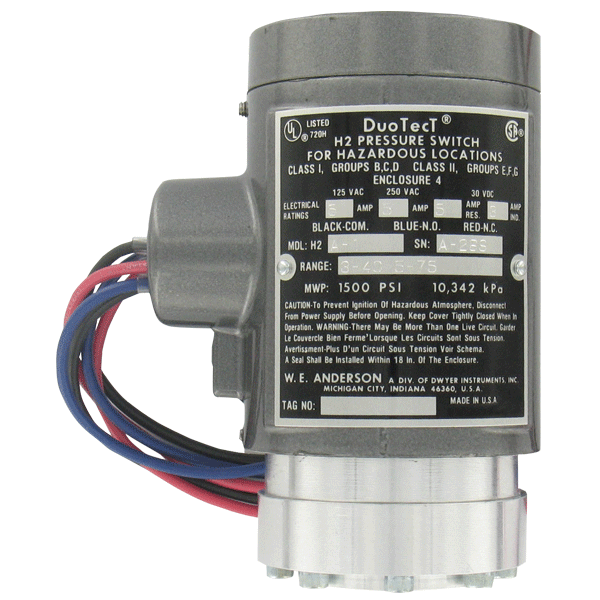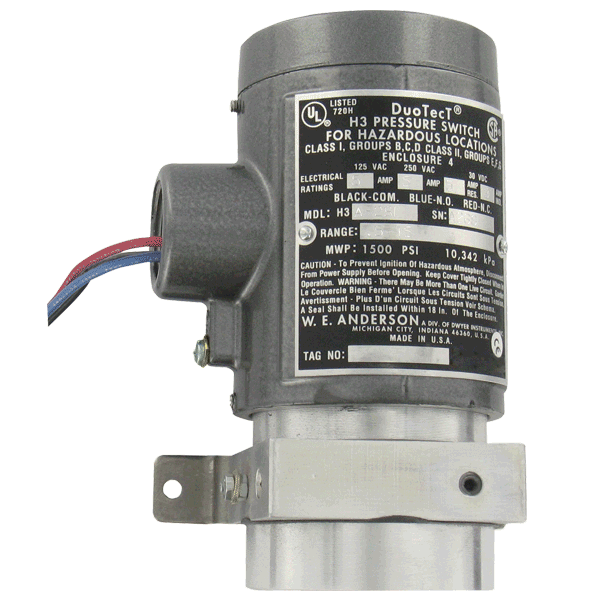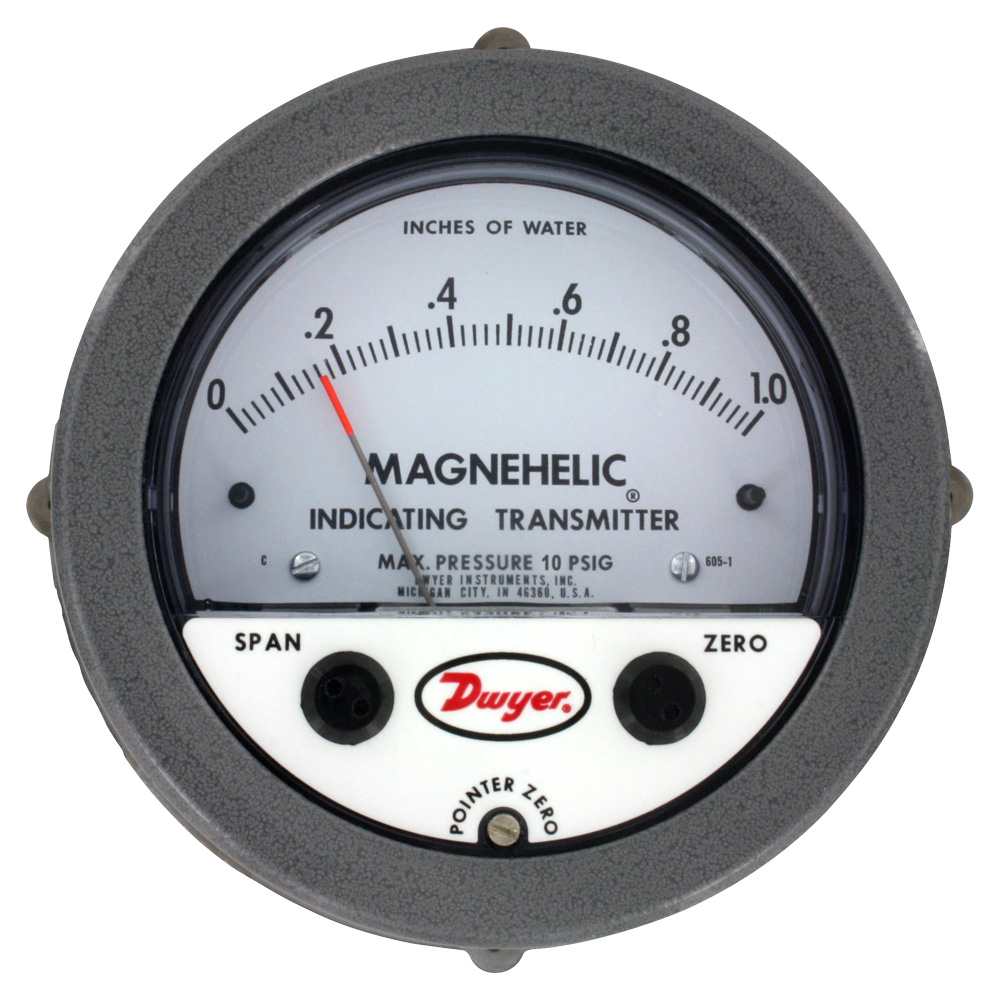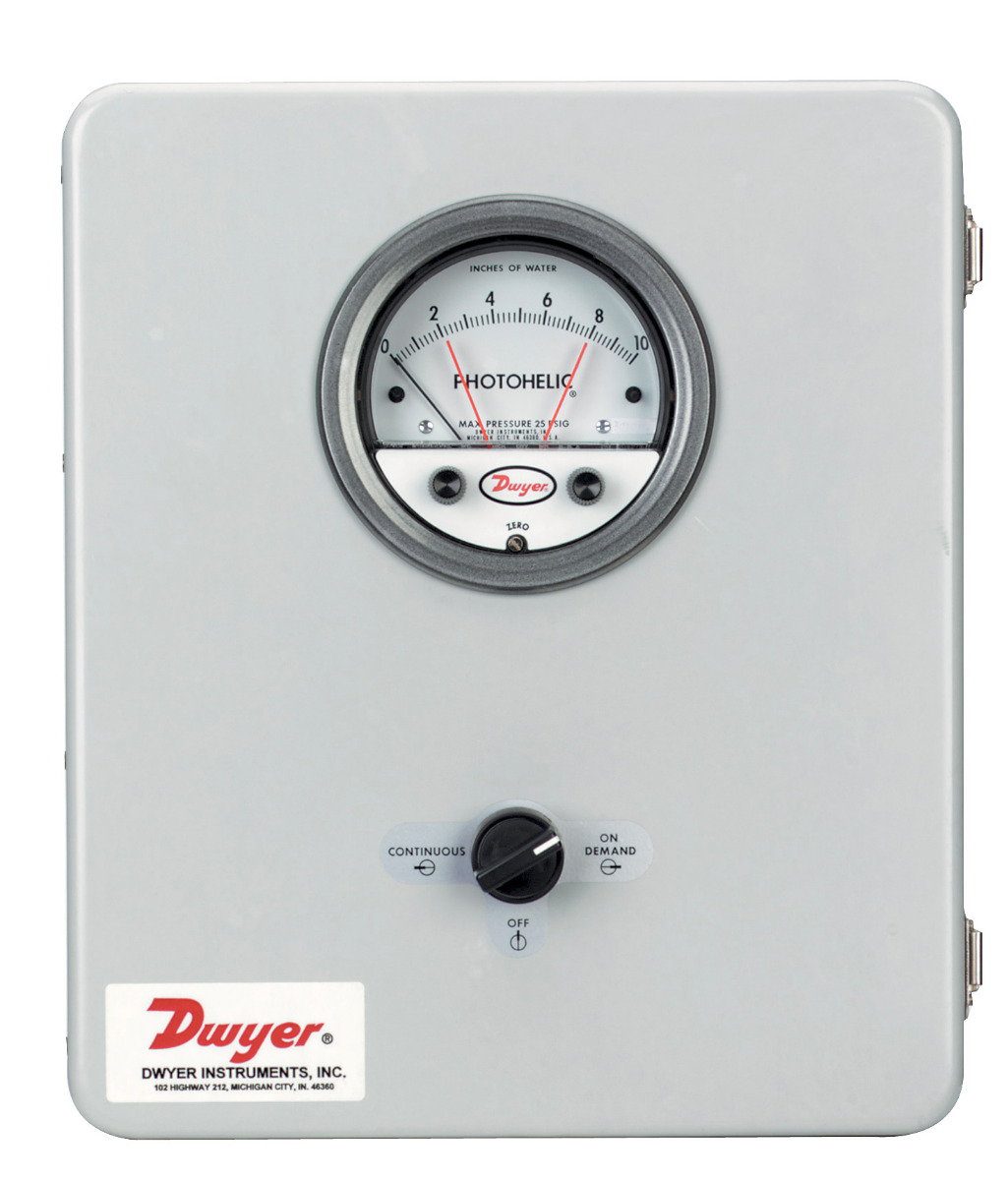The RSMC works with a variety of analog and BACnet sensors to monitor ACH, RH, temperature, and differential pressure. See this guide for our recommendations.
Yes, the RSMC has BACnet MS/TP and Modbus RS485 (no IP).
The RSMC is not compatible with standard electrical boxes. However, it comes with 2 custom size junction boxes. One junction box has a shallow mounting depth of 1.1˝ (27.5 mm), the second junction box is deeper, designed for walls with thick drywall (1.5").
The RSMC can monitor up to 3 rooms. Room 1 is monitored with the built-in pressure sensor. Rooms 2 and 3 can be monitored as inputs to the RSME with external differential pressure sensors (like the Dwyer MSX). Multiple room monitoring is configured in the RSME settings > configuration screens. See our instruction manual for more details.
The RSMC can display up to 4 parameters. Pressure is always displayed via the built-in pressure sensor. Two additional BACnet or analog inputs monitoring either pressure, temperature, relative humidity, or air change per hour (ACH) represent parameters 2 and 3. Lastly, a door status switch can be used as a 4th input to monitor for an open door.
Yes, the 2000 series with a -LT option for low temperature will be rated down to -20 F.
Yes, as it is approved by FM for C1D1 Group C
Yes, the 0.5% is a full-scale accuracy at 77°F (25°C) including hysteresis and repeatability (after 1-hour warm-up).
All of our available drawings are on our Website. They are under the tab Drawings. We do offer a 3-D drawing for Series 2000 and for A-286. The drawing for Series 2000 is a generic drawing.
The 616W is designed to use either 1/8" or 3/16" ID tubing.
After the Magnehelic has been installed, disconnect pressure lines to vent both sides of the gage to the atmosphere and re-zero. This will not mess up the calibration. This should be done occasionally.
The part number for the blowout plug is 440651-01
Standard gages are calibrated in the vertical position, and should be used in that position for maximum stated accuracy. Ranges above 17.5 in w.c. may be used at any angle, and stay within specified accuracy, by simply re-zeroing. Ranges below 17.5 in w.c. should be ordered using the –TA tilt angle option with the angle specified.
The Magnehelic is a gage. They are used as a visual indicator. The Photohelic is a gage plus is has two switches. A low and a high. These switches do require power in order for them to change state. Please see the attached Catalog Pages and IOM’s showing these differences. If you need a gage that can read from a -0.5 to a positive 3” w.c. you can consider a Zero Center Range such as a model 2306 which has a range of -3 -Zero in the middle to +3. Please let me know if you have any other questions.
You can use the Dampening sub menu to stabilize the display from instabilities due to things such as vibration and excessive pressure fluctuations. This dampening feature will adjust the amount of readings which are averaged for each display update. The Digihelic DP controller does not have a feature like the “ALDL” Alarm delay for the relay output though. However, if you use the dampening feature, it will not fluctuate as much and therefore would not cause the reading to surpass the set point and activate the switch unless it truly is reading that pressure.
Based on the range of 0-0.5 inches of water and the 3000MR/MRS series, the part number is 3000MR-0.
The DPG-200 Digital Pressure Gage is only available with a bottom connection. Having a back connection would not be feasible due to the electrical connection already existing at the back. However, one would have the option of connecting a Series A-2022 (purchased separately) SS elbow to the bottom connection.
The standard Magnehelic is not recommended for use with natural gas. For natural gas applications, we would recommend a Magnehelic with a Buna-N diaphragm and an oil impregnated case for better chemical compatibility and a reduced leak rate respectively.
No, the 2000 Series Magnehelic Differential Pressure Gauge does not have any certifications officially allowing it to be used in a Class 1 Div 1 environment.
Any of our panel or flush mounting brackets will work with the A-135 rubber gasket. The rubber gasket just gives you a tight seal between the Magnehelic’s bezel and the bracket.
There is no limit to the length of tubing you connect to the DCP100A pressure module. It can be as long or as short as you need for your application. However, please note, that the longer you make the tubing, the longer the response time of the DCP100A will be.
Unfortunately, contrary to what was printed in the instruction manual, the DH3 does not have the ability for the alarm to be reset via an external reset switch, mainly due to the limited number of pins available in the electrical connector. This feature is only available in the DH and DHII series Digihelics.
The sample rate is 1 reading per second. There is no average function of past samples.
The power consumption for the Series 3000MR Photohelic switch/gage is 3 Watts.
It looks like you’re getting some condensation in the Magnehelic®, which is causing it to collect on the bottom of the face. Since the Magnehelic® is not encapsulated, it is not recommended to be used in applications where moisture can form. One option to fix the problem is installing a liquid filter (like an F222) to filter out that moisture. Another option is to install a Capsuhelic (Series 4000), which is made to handle both air and liquid.
We have 3 options: (1) We can supply a Certificate of Conformance at no charge if you request that certificate at the time of order. The Certificate of conformance would state that each Magnehelic gauge is calibrated to meet the specifications stated on the spec sheet. (2) We offer a factory calibration “-FC” as an option that is a certificate of the standard calibration points at the time of manufacture, for a small fee. (3) We can also provide a NIST-traceable calibration for an extra charge per gage if that is required. To get the NIST-traceable calibration, you would simply add a “-NIST” to the end of your part number. NIST-traceable calibrations will come with the 6 point calibration certificate. We recommend “periodic calibration” for our Magnehelic, though we leave the specific time-frame up to the end user, since different organizations have different requirements (i.e. government groups often require more frequent calibrations.) If you choose to have the NIST traceable calibration done, the NIST group (the National Institute of Standards and Technology) dictates yearly calibration and it will be printed on the certificate.
The ASF option cannot be used as a tattle tell. It is just there for visual indication of a set point. We have nothing with our 2000 series that can act as a tattle tell, however our series DM-1000 DigiMag will have a peak valve function built in.
We do offer two voltage options which are -24VAC: 24 VAC Relay Pack or -240 VAC: 220/240 VAC Relay Pack. Unfortunately we do not offer a VDC option with the A3000 Series. However, you could consider the Series MP, Mini-Photohelic Differential Pressure Switch/Gage or the Series 3000 MR or 3000 MRS which all offer the 24 VDC Power Requirement.
In our Application Guides on flow products, we explain very well how to take air velocity readings. The total pressure connection on the pitot tube is connected to one of the high pressure ports on the gage. The other high pressure port is plugged. The static pressure connection on the pitot tube is connected to one of the low pressure ports on the gage. The other low pressure port is plugged.
Yes, the information we require to supply the proper range is the velocity (fpm or m/s) or velocity pressure (inches of water or kpa) and density of air (lb/ft3 or g/cm3).
Our standard is considered to be NEMA 1 rated for general purpose. We do have weatherproof (NEMA 4X) and explosion-proof (NEMA 7 & 9) enclosures available.
The needle will move below zero, and not above zero. Lefthand movements from zero are negative, and righthand movements from zero are positive.
To monitor flow through your 4” pipe, you will have to size the appropriate differential pressure gage. A very common gage that is used will be our Series 2000 Magnehelic gage. This gage can be ordered with a square root output that will direct read in flow units. Upon ordering this part, you will have to specify the maximum differential pressure at your desired flow rate. The following text will bring you to the equations necessary to compute this differential (velocity) pressure. This can also be found in the
The RMR option is for a remote mounted relay, where the relay pack is seperate from the gage. The unit comes with a standard interconnecting cable that is 3 feet long.
For "dry circuit" applications where little or no current is flowing in the circuit to help burn off contact dirt and oxidation. Switches used with solid state circuits often fall in this category.
In other than a vertical plane, the diaphragm can sag and cause a shift in set-point or a change in the adjustable set-point range. The switch may even fail to reset at the minimum set-points. This is the same phenomena that causes inaccuracy in Magnehelic® and Capsuhelic® gages when mounted in other than a vertical position.
In Bulletin A-27 under operation, it explains how to connect the Magnehelic to the following applications: positive pressure, negative pressure, and differential pressure.
No. But Magnehelic® gages can be given a special 6 point calibration check with an NIST traceable master gage and a certificate can be supplied.
Published specifications may not be exceeded! To do so will void the warranty as well as expose the customer, the stocking representative, and Dwyer Instruments to product liability action.
Yes. By simply making a wiring change on the relay terminal board per the information in the instruction bulletin.
Below that temperature the accuracy of the gage deteriorates beyond our published specification due to stiffening of the diaphragm.
No. As the silicone diaphragm will be attacked by these gases. A Buna-N diaphragm should be specified.
The bottom ports. This allows bleeding of entrapped air from the top ports to eliminate reading error due to compression of entrapped air in the gage. Bleed fittings should be installed in the top ports.
In applications involving higher vacuums than 20" Hg, leakage due to gage housing porosity becomes the limiting factor.
Yes. Front covers are sealed with "O" rings. Capsuhelic vent holes are plugged with foam, and the new high impact acrylic lens material is very resistant to ultra-violet fogging. Additional care is recommended to lead pressure connections downward from the gage and provide as much protection from the elements as possible
Accuracy will not be affected, but response time will be increased in proportion to the length of the tubing.

